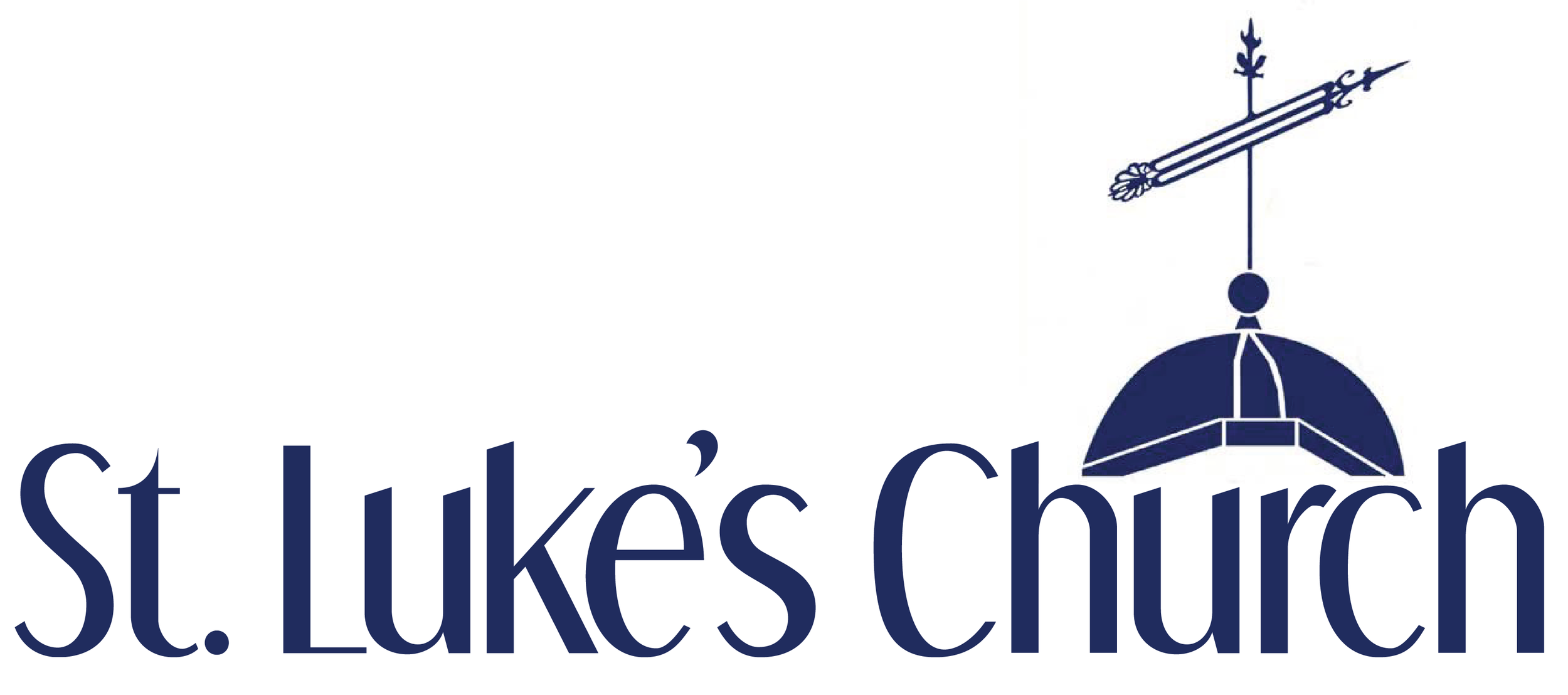REFLECTION OF GOD’S LOVE
Our personal response to God’s generosity in the way we share our resources of time, talent, and money.
MISSION STATEMENT
The Stewardship Committee is charged with conducting the annual Fall Stewardship Drive to fund the operations of St. Luke’s Church. The primary purpose of our canvass is to fund the operations of the parish which allows all our missions to be pursued and achieved.
GOALS & BELIEFS
Parish members are encouraged to make an annual stewardship pledge. This pledge represents their specific Christian commitment to “work, pray, and give for the spread of the kingdom of God”.
Parishioner Reflection
What Astronomy Taught Me About Stewardship
by Dr. Mike Fisher
The Geocentric Model
I teach astronomy and physics at Columbus State Community College. I talk about the scientific method and how it started in both disciplines. This is very important to our understanding our world, and has applications, real and metaphysical, to our relationship with a supreme being. First some background…
The birth of the scientific method began with the Copernican Revolution in Astronomy. It follows the achievements of five early natural philosophers: Nikolaus Kopernikus (1473-1543); Tycho Brahe (1546-1601); Johannes Kepler (1571-1630), Galileo Galilei (1564-1642); and Sir Isaac Newton (1642-1727). Each is remembered for many achievements, specifically to our understanding of the Solar System, and therefore our place in the Universe.
The Greeks debated two different models of the Solar System (the world as they knew it): the heliocentric universe (Sun centered) and the geocentric universe (Earth centered). They had models for both systems and both models had problems. Stellar parallax would be observable if the Earth orbited about the Sun. (Here’s the interactive part of the lecture!) To understand parallax, hold your right hand with you index finger out at arm’s length in front of you. Now close your right eye and note the position of your index finger, open your right eye and close your left eye. Again, note the position of your index finger. Your index finger will appear to move slightly left and right as you open and close alternate eyes. (Open both eyes and read on…) This is parallax (it allows us to have binocular vision, i.e., depth perception). The Greeks understood that if Earth orbited the Sun, close by stars would appear to change positions from one side of Earth’s orbit (say January) to the opposite (July). They could not observe this stellar parallax, therefore Earth did not orbit the Sun. The geocentric model must be correct (it is even described as such in the Bible: 1 Chr 16:30; Ps 93.1; Ps 104.5; the Earth is immovable). Can you feel the Earth move?
The geocentric model has its own issues, the most blatant is trying to understand retrograde motion of the planets. The planets (from the Greek planetes) “wander” across the sky. From night to night they appear to move from west to east against the background of stars. However, occasionally, the planets move from east to west or retrograde with respect to the stars. Trying to predict this motion was the bane of the Greek philosophers and astrologers. They could never get it right, even with a hugely complicated set of perfect circles, deferents, equants, and epicycles (For a fun read look up Ptolemy’s Almagest).

